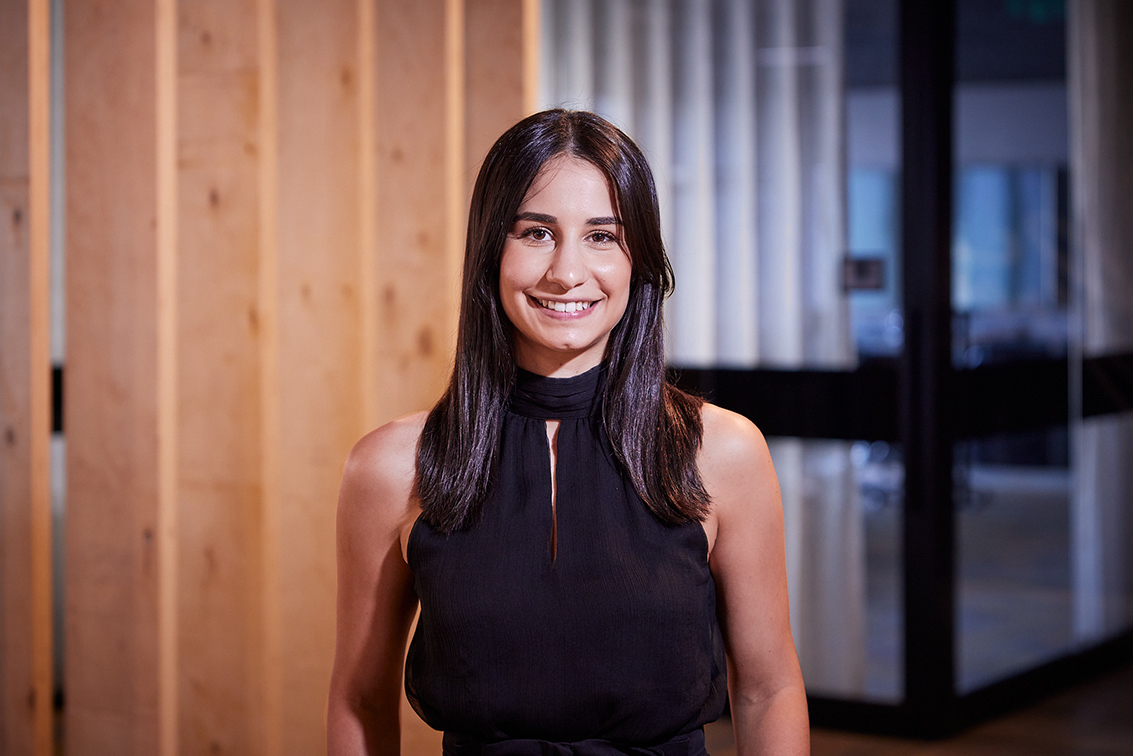The Brand Agency’s Strategy Director, Daniella Chadinha: Confessions of an AI-user

By Daniella Chadinha, Strategy Director at The Brand Agency.
As I sit here writing this very article, I’m using artificial intelligence. Now, before you accuse me of cheating, hear me out.
I’ve often found myself in the grip of an all-too-familiar foe: writer’s block.
The desire to craft the perfect opening line or the most compelling paragraph has left me paralysed, staring at a blank page or – the complete opposite – an endless jumble of disconnected thoughts.
Until AI arrived.
Now, let me be clear. I’m not saying artificial intelligence is a fix to everything. I’m not trying to make it out to be some hero that sweeps in to save the day and solve all your problems or something that everyone MUST use. I’m simply saying it sure as hell can make things a little easier.
Over the past year, the AI conversation has continued to explode. Rewind to 2022, and AI was merely a vague concept of a future trend that few could grasp in terms of its tangible impact on our daily lives. Fast forward to today, and the letters ‘A’ and ‘I’ are on the tip of everyone’s tongue and a part of everyone’s life.
In a remarkably short span of time, I’ve witnessed a big shift in the way organisations – across all industry sectors – approach AI. The narrative has evolved from one of caution, with warnings like “don’t use it,” or “it’s not secure,” to a more encouraging and supportive stance. Now, many of these same organisations are actively promoting the use of AI, encouraging employees to embrace it as a valuable tool.
But naturally, the opinions surrounding AI are polarising especially in creative industries. It’s understandable – AI is still quickly evolving and can be seen as a big, mysterious ‘thing’. The real fear isn’t about AI taking over, it’s about the possibility of human creativity and insight becoming less important.
I think many of us are grappling with a range of philosophical questions.
Where do we draw the line between AI and human intelligence?
At what point does an idea belong to AI rather than the person who prompted it?
How do we balance the value of technology and human ingenuity?
These are discussions that every business adopting AI must have.
In my view, AI is a tool, much like a paintbrush to an artist, Photoshop to a designer or a calculator to a mathematician. Its effectiveness is entirely dependent on the skill and creativity of the person wielding it.
AI has completely changed my approach to work. It takes me beyond the intimidating blank page. It has made me more comfortable with imperfection, with putting something out there and then iterating and improving upon it.
By now, you might be curious about what AI tools I’m referring to.
At The Brand Agency, we’re using WPP’s intelligent marketing operating system powered by AI. It’s called WPP Open and applies WPP’s decades of experience working with enterprise clients, it is designed to integrate with any client, partner or technology vendor to create optimised and automated marketing capabilities. It’s essentially a giant sandbox for all things AI, but with one key difference: it’s not open-source. This means we can experiment with AI in virtually every aspect of our business, with the confidence that our data and our clients’ information is secure.
It’s been a game-changer for us.
Of course, human intelligence and effort are still crucial to the process. I’m not merely asking ChatGPT to “write an article about AI.” Instead, I’m using it to generate thought-provoking angles, to help me structure my arguments, and to offer alternative perspectives. I’m still the one steering the ship, deciding what to keep and what to rework.
So, AI may be a polarising topic; uncertain for some, a game-changer for others. But is using AI cheating? I believe it depends on how you wield it.
Think of it like sculpting a block of clay. You still set the vision, and are the one guiding the chisel, but the tools help you do it in a way that is more productive and precise. Without the artist’s direction, even the most advanced tools can create a mess. AI cannot and should not replace the unique perspective that only a human can bring to the table. After all, it uses human information to function.
So, to all the businesses (particularly in creative fields) who are grappling with the role of AI, here’s three things to focus on:
1. Gauge how your team feels: Don’t just assume everyone’s on board with AI. Have a real conversation and find out how they actually feel about it. If you’ve already jumped on the AI bandwagon without checking in, now’s the time to have that chat.
2. Set some ground rules: In our book, AI is a powerful tool, but it should never replace human creativity and judgment. Clearly define your principles on how and when AI should be used and prioritise transparency in its application.
3. Keep the conversation going: Dedicate time each week to share how people are using AI, what they’ve learned, and what challenges they’ve encountered. The more you talk about it, the better you’ll get at making AI work for you, not against you.
The undeniable truth is AI is here to stay. Will it be a friend or foe in the long run? That’s up to us. As we navigate this uncharted territory, let’s not forget the critical balance to strike between the tools we use and those who wield them. After all, it’s our unique perspectives and ideas that will shape the future of AI – and the future of our work.

1 Comment
AI will change (is changing) our industry and our careers in the same way as the internet. I’m excited.